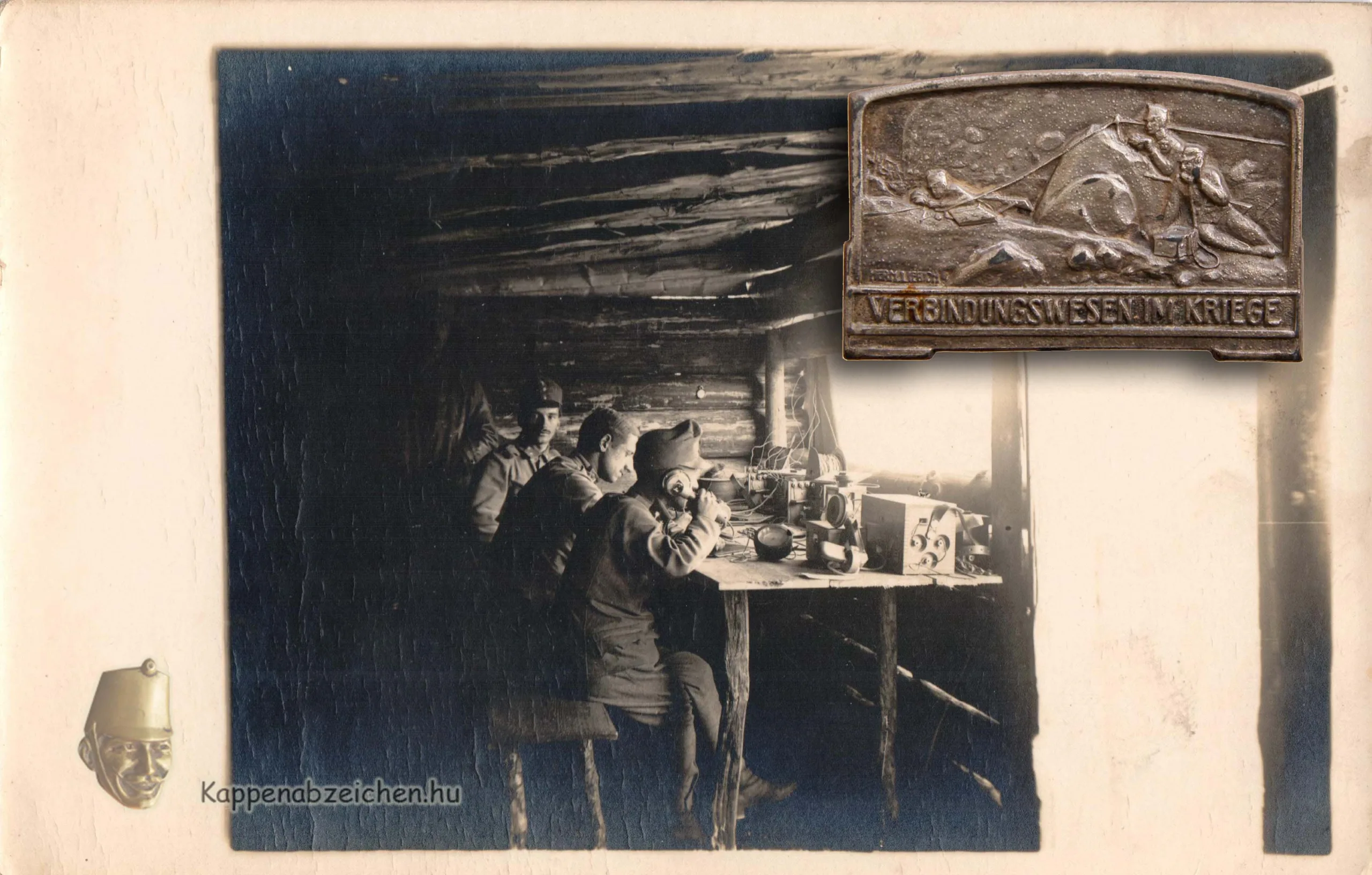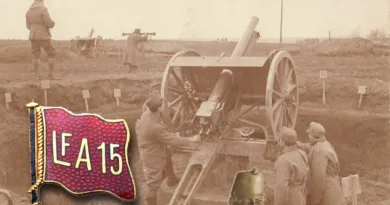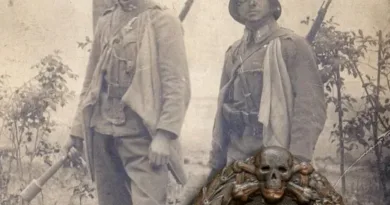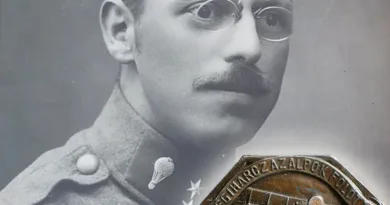Phone operators
From the point of view of the effective leadership of the troops, it was crucial in the Great War to pass information and orders as quickly as possible between the distantly located troop units and headquarters. In the reminiscences, we can often read that a critical situation was resolved in case of enemy movement, detection of an attack by quick countermeasures to ward it off. The flow of information was mostly possible through the use of field telephones. Telephone devices have already been discussed here. In this post, I deal with the maintainers and operators of the telecommunications infrastructure.
Telephone communication extended from the trenches to the rear headquarters. Current troop orders were often communicated to combat units by telephone rather than in writing. The telephone service between the companies and battalions started from the front lines, and then reached first the regimental and then the brigade headquarters. They were already 5-10 km away from the front line. The telephone cables to the higher headquarters continued from here, and telegraphs were also often used here.
A good telephone connection was especially important for the artillery units. The batteries placed in the immediate vicinity of the front line had to be set up in places where they remained hidden from the enemy’s visual reconnaissance. Of course, this also meant that the targets could not be seen from the guns. The aiming of the guns was based on information from the artillery observers. They were placed in a camouflaged position, away from the batteries, in places providing a good view. Obviously, equipping them with a working telephone line was vital for the artillery batteries to do anything meaningful.

One of the important tasks of the enemy artillery was the elimination of artillery observers and the destruction of communication lines (telephone wires). The badge featured in this post depicts a scene where telephone operators are restoring a broken telephone line under enemy sniper fire. The attached picture shows a telephone booth, presumably a headquarters or battery office.

Of course, the telephone soldiers received special training on the use of the devices and the execution of special tasks. They themselves took care of the construction and maintenance of the lines, as well as the provision of the telephone operator service, of course. Up to the regimental level, soldiers selected from the regular troops were assigned to this service. At the division level or higher, telephone operators already functioned as a separate organizational unit. This is also indicated by the stamp of the attached correspondence sheet, which shows the stamp of the telephone department of the 22nd Corps.




